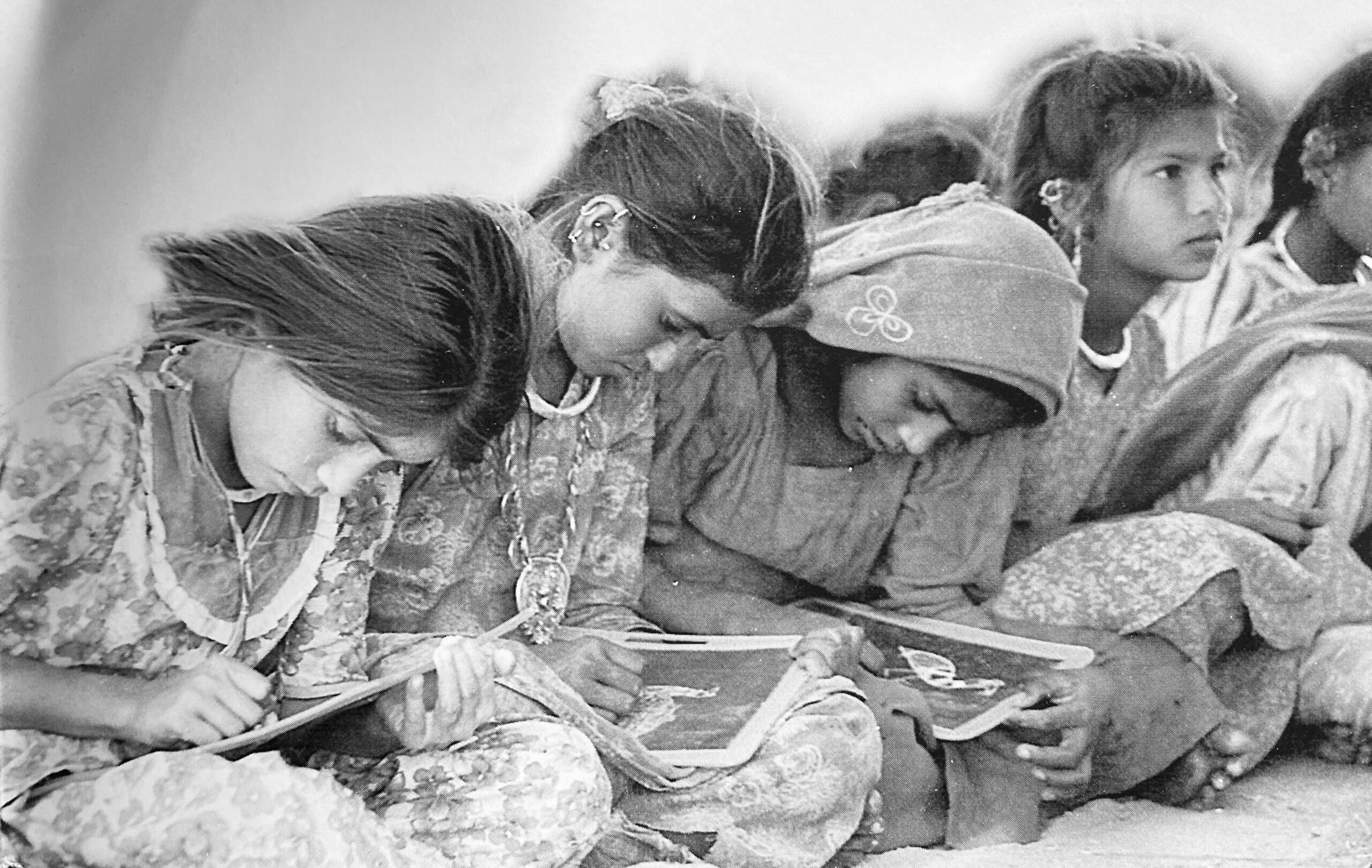More than half of the children, in 6 to 14 year of age group in rural parts are unable to attend school regularly. Major problem in quite a number of areas in Gujarat, is the education of children of murating workers, Majority of these children help their parents in their work. Children studying in their respective vilage schools in the first term and migrating with parents in the second term do not enjoy any place in mainstream education. There no programme for them. They were unable to appear at the annual exams; fit al they manage to aP in the exams, they were unable to dear the annual exams. in such circumstances, they were d ed of their basic child right, apportunity for development. Labour – i.e. the child labour becomas inevitable for these children. We do not have authentic data about these children, but through out observation it can be said that they constitute more than 25% of total school push-out (drop out). In Gujarat, salt pan workers (known as Agarias in local dialect) migrate to Little Rann of Kutchh to work in salt pan. Labourers from Nal Sarovar area migrate to various parts of Gufarat ta work in brick kins (labourers known as Patia in local dialect) and other jobs involving earth work. GANATAR is active with the children of these migrating labourers, expenmenting in the field of education.
Deep down in various parts of Little Ran of Kutchh, supplementary seasonal schools have been opened by GANATAR In Nal Sarovar area migration of children along with their parents has been stopped by opening seasonal hosteis in their oren ullages, while envoling and retaining them in their respective vilage schools. Though the issue of migration is common in both situations, the approach to address the issue is different in Rann, we go with the migrating children and set up temporary seasonal supplementary schools that act as adjunct to the mainstream village schools. In Nal Sarowar area we stop children from migrating by providing them wich seasonal hostels that enable the chidren to continue with their education in the mainstream village schools. Thus, in both the cases experiments of empowering the existing mainstream schools are going on with increasing enrollment and decreasing school push-out (drap-outs)
